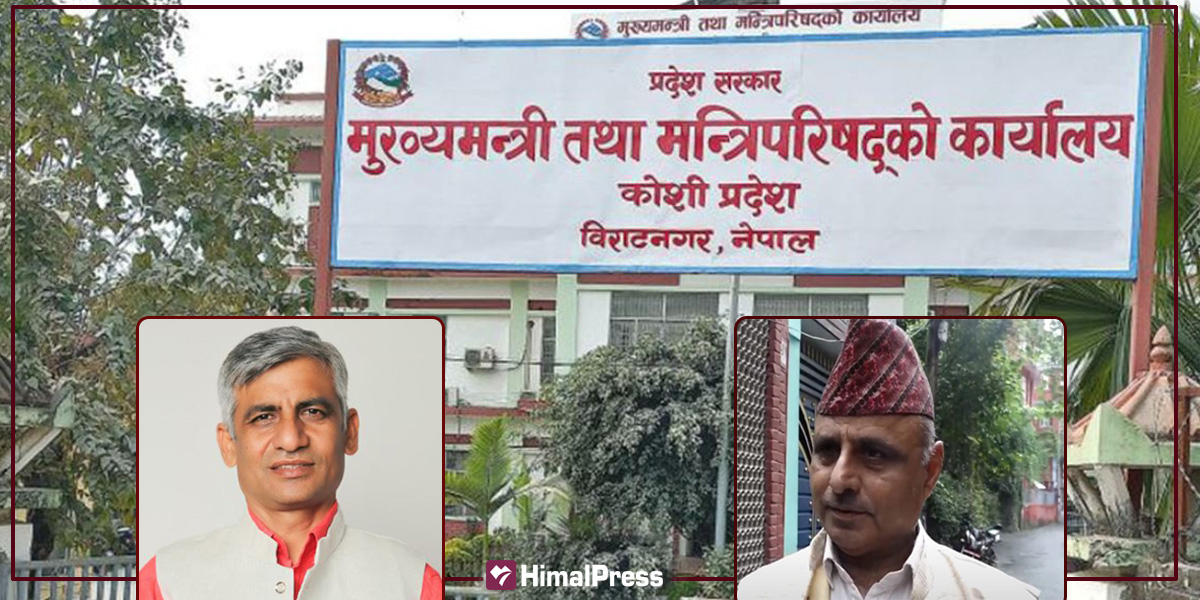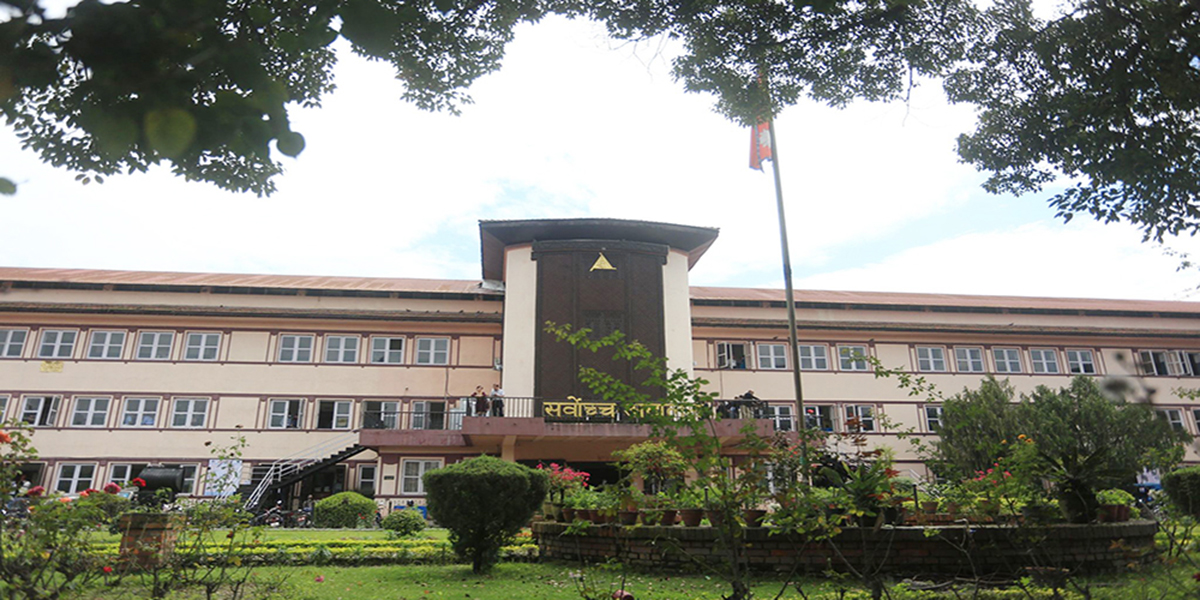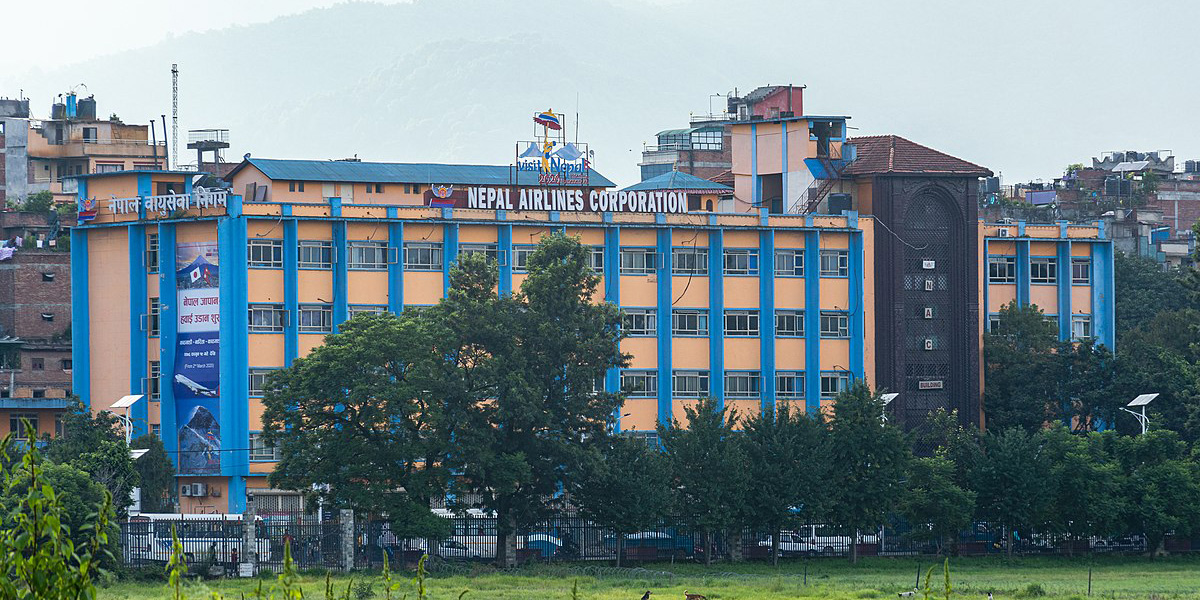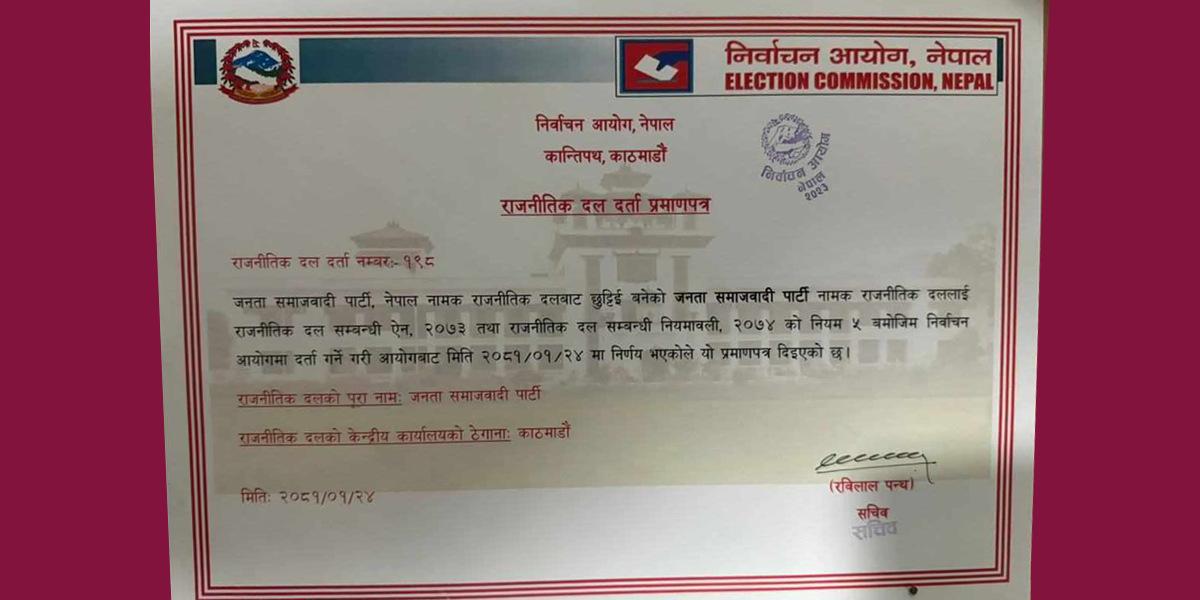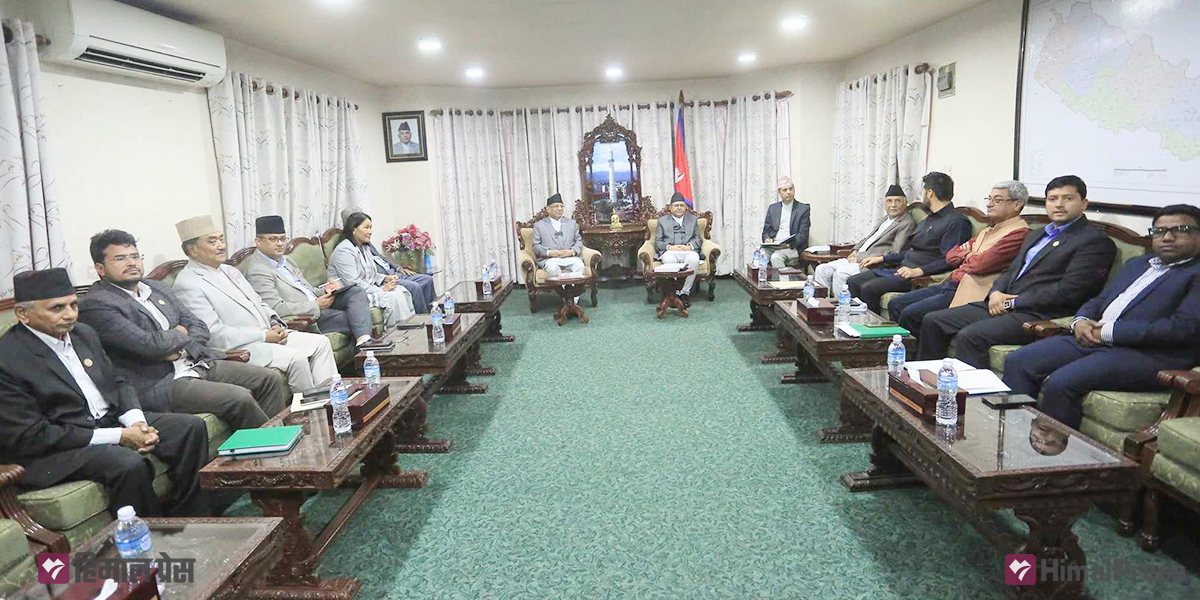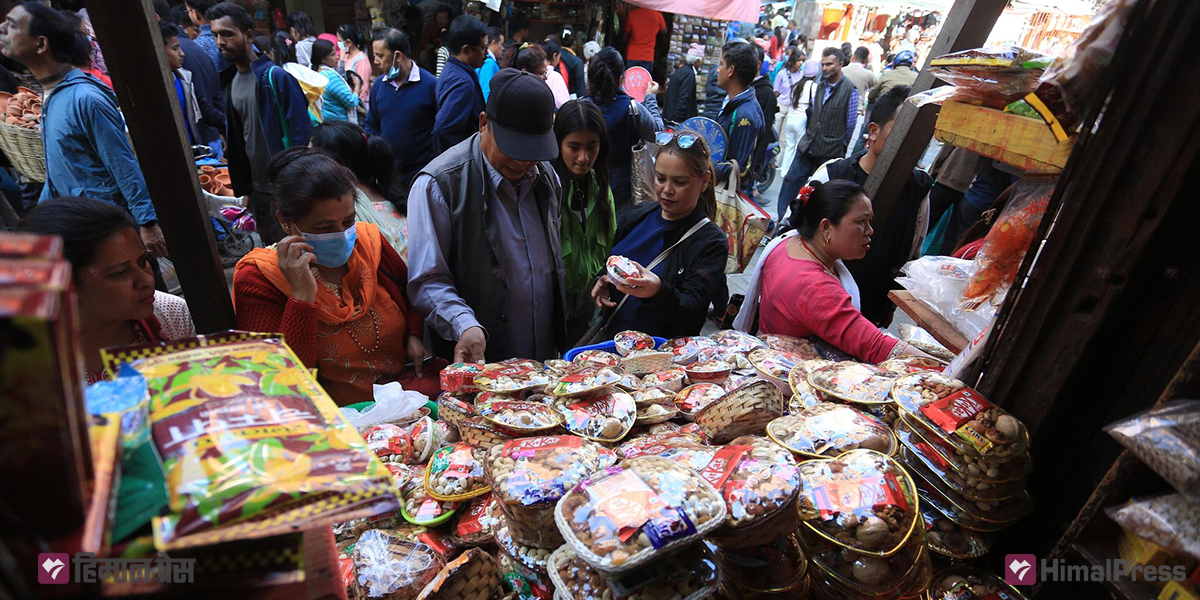
KATHMANDU: Tihar, known as the festival of lights, flowers, and the worship of Goddess Laxmi—the deity of wealth and prosperity—witnesses a surge in the sale of flowers, lights, fruits and other worship materials during its five-day celebration. Additionally, people acquire new utensils as well as gold and silver ornaments for the festival.
Flowers play an important role in Tihar, being essential for decorating homes, offices, and business establishments, as well as for offering prayers to the goddess. Furthermore, women present Bhaimasala—an assortment of dry fruits, nuts, fruits, and sweet delicacies—to their brothers on Bhaitika. While Nepal has achieved self-sufficiency in flowers, other festival essentials are largely imported.
According to recent data from the Department of Customs, dry fruits and nuts used in Bhai Masala are sourced from countries spanning India to Vietnam, and South Africa to Latin America. While raisins and dates are sourced from Pakistan, coconut and cashew nuts come from India, almonds from the US, and betel nuts from Thailand, Singapore, and Indonesia. Walnuts are imported from India, China, the US and Turkey. Likewise, pistachios are brought from Afghanistan, cloves from Tanzania, and cardamom from Guatemala. Interestingly, Nepal’s annual trade with these countries is not more than Rs 10 million each.
Devendra Bhakta Shrestha, president of the Nepal Groceries and Wholesalers Association, said that almost all dry fruits and nuts and even rock sugar for Bhai Masala are imported. “Until few years ago, we used to get rock sugar from local suppliers. Now, sugar industries here have stopped making rock sugar,” he added.
Tihar’s impact on the economy
Tihar, with its significant cultural and religious importance in Nepali society, contributes significantly to the country’s economy through a festive shopping spree. Businesspeople report a sales increase of up to 200% during major festivals like Dashain. This not only invigorates the economy but also boosts state revenue.
Data from the Department of Customs also confirms this impact. Goods worth Rs 148 billion entered the country in anticipation of the Dashain and Tihar festivals. During the first two months of the fiscal year, Nepal’s imports amounted to Rs 259.74 billion. It increased to Rs 407.75 billion by the third month when the Dashain and Tihar festivals are celebrated.
In fiscal year 2022/23, Nepal imported decorative lights and firecrackers worth Rs 3.85 billion, primarily from India and China. Approximately 90% of decorative lights now originate from China. About a decade ago, most of these lights used to be sourced from India. Traders say this shift is due to the availability of cheaper yet attractive lights in China.
During Tihar, transactions for lights alone reach around Rs 1.5 billion, according to the Federation of Electrical Entrepreneurs Nepal. Additionally, apples worth Rs 2.25 billion were imported into the country in the first three months of 2023/24.
The demand for clothing, liquor, motor vehicles, and other commodities increases during the festive season. People also engage in house renovations, while the trend of holidaying during festivals has picked up in recent years. All these stimulate economic activities.
Rajesh Agarwal, president of the Confederation of Nepalese Industries, said that sales of daily consumables, food, fruits, colors, spices, and nuts surge by 100% during the festival, breathing life into the economy. “Festivals bring much life to the economy,” he says. “Sales during the festive seasons support our business for the next three months.”



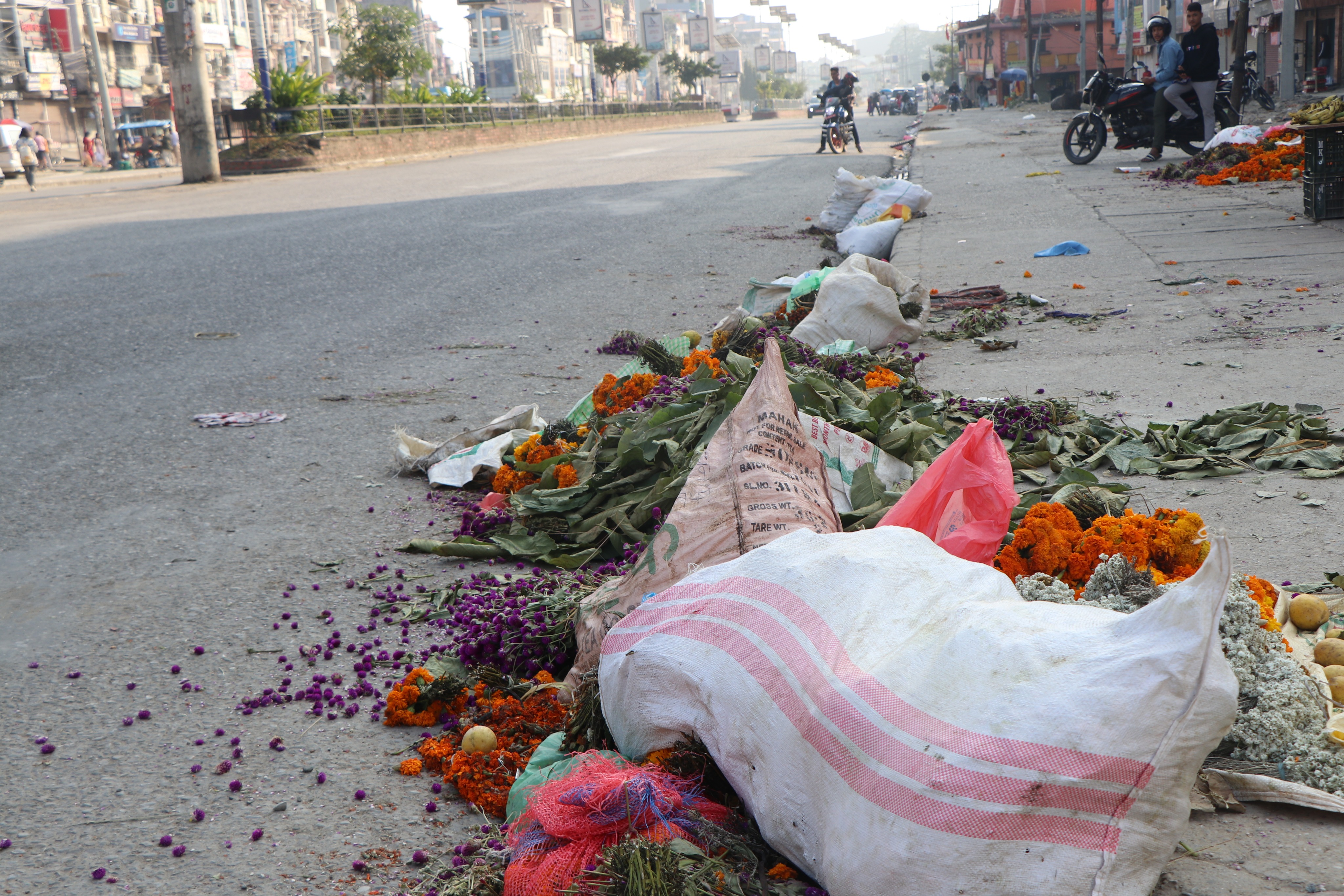
![Tihar shopping in full swing [In Pictures]](https://en.himalpress.com/wp-content/uploads/2023/11/Tihar-shoaping-asan-bhid-15.jpg)
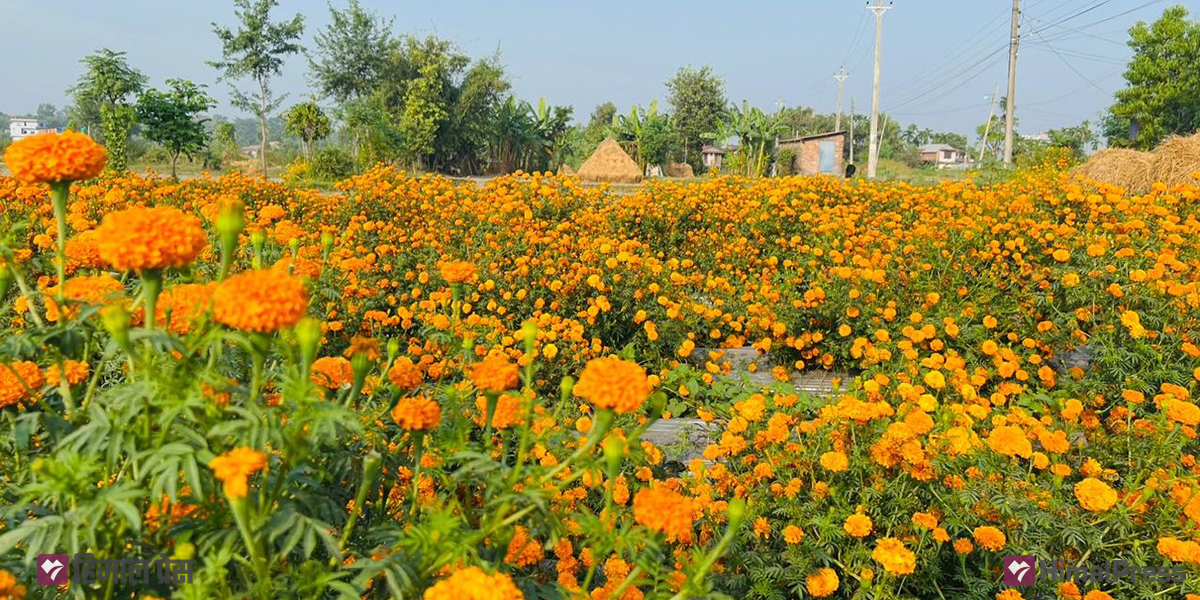
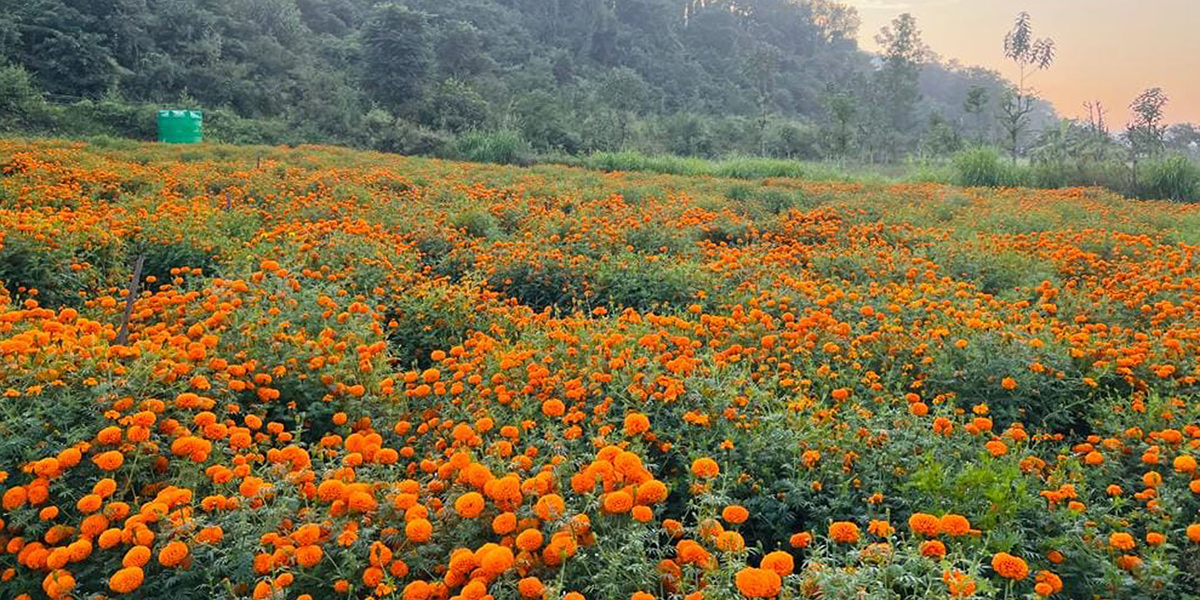
![Potters busy preparing clay lamps for Tihar [In Pictures]](https://en.himalpress.com/wp-content/uploads/2023/10/Potter-9.jpg)

